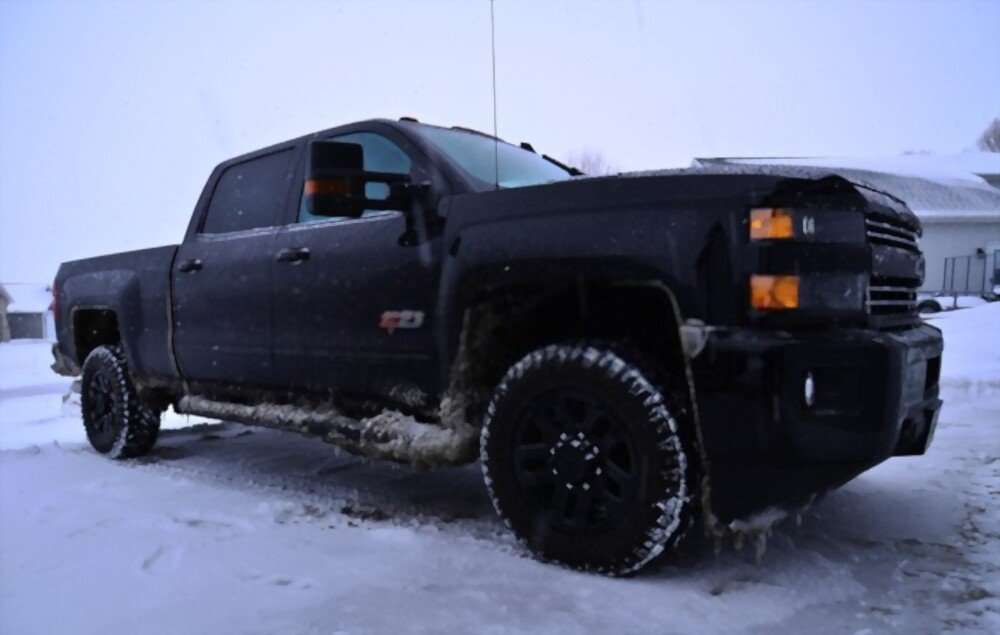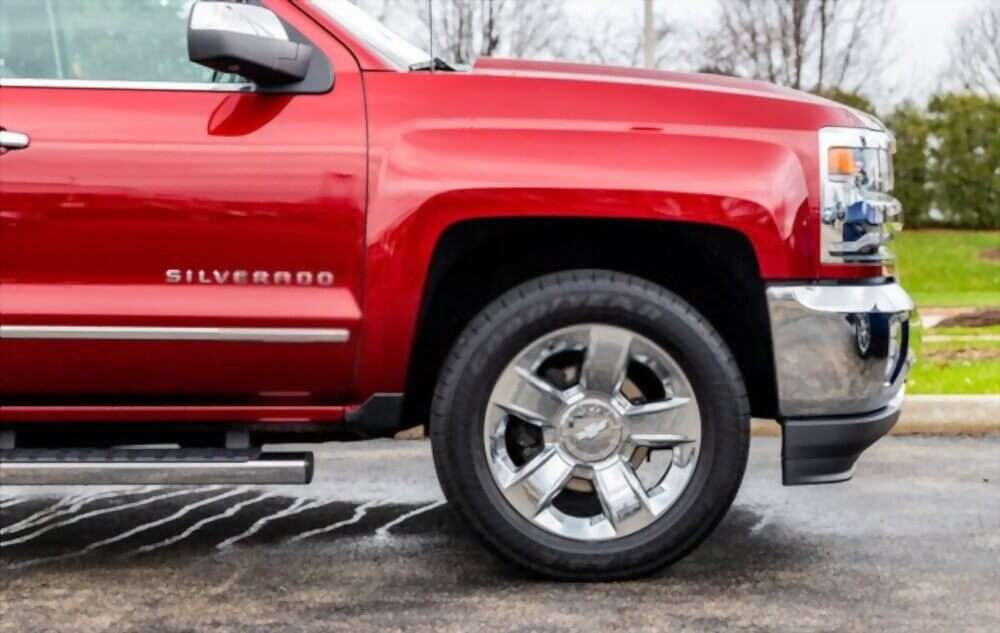Driving your Chevy Silverado 4WD allows you to combat tough road conditions when the going gets rough. But with all four of your tires operating within the same power and control, how do you know when to turn on your 4WD feature. However, running your vehicle in a four-wheel-drive will increase gas consumption significantly.
Today’s post is for all of the Chevy Silverado owners out there, this article will show you how to engage four-wheel drive anytime you need it.
It is very important that you know How to Engage 4 Wheel Drive Chevy Silverado. If you don’t, then you will never be prepared to handle all sorts of different terrains and weather conditions.
Since there are many factors that come into play when you engage your vehicle’s 4WD option, it is best to learn about the basics before trying to engage the feature.
In this post, I’m going to help you learn exactly how to engage your 4×4 Chevy Silverado when you need it most.
Jump to
How to Engage 4 Wheel Drive Chevy Silverado – Step by Step Guide
Engaging your four-wheel drive can be a little difficult for those who are new to it. But don’t worry, it’s easier than you think. It is definitely for anyone who wants to learn how exactly to engage four-wheel drive Chevy Silverado and drive confidently through any conditions that arise.
Here are the simple and most effective steps to engage 4WD Chevy Silverado
Step 1: To engage the 4WD on your Silverado, you’ll need to ensure that the transmission is in the park. If it isn’t, then you can easily shift into first gear and get going while still living a normal life without using four-wheel drive.
Step 2: Look at the front of your transfer case and you will see a round knob with four positions, each one representing a different wheel drive setting. You should be able to notice neutral, two high-range gears (4-High and 4-Low) and low range gear (neutral position). The Neutral position is where you will usually start when trying to engage a 4WD Chevy Silverado.
Step 3: When in Neutral, keep your foot on the brake and turn the knob clockwise all the way until it clicks into place. This is how you know that your Auto’s transfer case has shifted into the four-wheel mode or four low gear. If you see a position labeled 4H, this is when your Auto’s transfer case has shifted into high range.
Step 4: Now that the auto’s transfer case has been properly engaged, take one hand off of the knob and let it slip back to neutral. You should notice an “Accentuation Clunk” when the knob hits neutral. This is a sign that you have properly engaged your Auto’s four-wheel-drive system.
Step 6: Start driving your car slowly and carefully through tough conditions, like snow or mud. You can also try to put it in reverse and put it into 4-High if it has been stuck for a while. This will give you the power and stability that you need in order to get out of a tough situation.
Step 7: Getting out of four-wheel drive is just as important as engaging it because you also want to save gas when driving your vehicle. Getting out of 4WD can be tricky, but luckily most vehicles have a button for this as well. If you happen to be driving on flat and dry terrain, then you should leave it engaged. However, running in the four-wheel drive will decrease your diesel mileage significantly.
Step 8: You can repeat this process anytime you are about to enter a tough weather situation where your Chevy Silverado won’t be able to handle the conditions on its own. Keep in mind that you can always disengage the Auto’s transfer case from an all-wheel-drive by simply clicking it back into neutral.
Note: When driving on sand, or dirt roads, you may not need to engage 4 wheel drive. The more traction that your vehicle has, the better off you will be while driving in tough terrain. For instance, if you happen to be going up a steep hill and climbing it with only two wheels engaged is difficult, then it is time to engage 4WD.
Also Read: Best Lift Kit for Chevy 2500HD

What should I do If Chevy Silverado 4WD doesn’t engage?
If your vehicle does not engage in four-wheel drive, then you need to check the buttons to see if they are working correctly. It could be a faulty switch or something even simpler that is preventing it from engaging. If the problem persists, then you will want to take care of this issue as soon as possible because running your vehicle in a two-wheel drive when it was not intended to will cause serious wear and tear on the internal parts.
What is the Function of an auto-locking system in Chevy Silverado?
You can use this system to engage your 4 wheel drive on your Chevy Silverado. There is a system of auto-locking. This system will automatically engage all 4 wheels when the Chevy Silverado is in 2 wheel drive and the vehicle senses that it needs all 4 wheels to successfully continue the trip. So if you are making a turn or going up or down a slippery hill and your two front wheels are losing traction with the ground, then the two back wheels should engage automatically.
When to Engage 4 Wheel Drive Chevy Silverado?
Knowing exactly when you need to engage 4 wheel drive will help save fuel, since running your vehicle, in general, takes up more fuel than when you are running only on two wheels. However, if you know what your driving situation is then you can save a lot of gas in the process. If you are driving on a slick surface, you should engage 4 wheel drive to make sure that your car does not skid out due to the slippery road conditions.
Conclusion:
The bottom line is that 4WD Chevy Silverado is essential if you drive on rough terrain or conditions like deep snow, sand, etc. If you do not engage 4WD when the need arises, your car will have difficulty maneuvering in these conditions. In some cases, they can even damage your vehicle and cause serious harm to the engine or other parts of the car.
Also, if you live in a state that has snow all year round then it would be a good idea to invest in 4 wheel drive. This will allow you to move around the snow with ease and without having to worry about getting stuck or skidding out on the road.
Also Read: Why Is Chevy Truck Losing Power When Accelerating

My name is Tom Harris, founder of this blog. I’m a mechanical engineer with 20 years of experience in the automotive industry. I’m here to help you with your vehicle’s problems, easy fixes and share my insights and experience so that you can enjoy your rides more.

